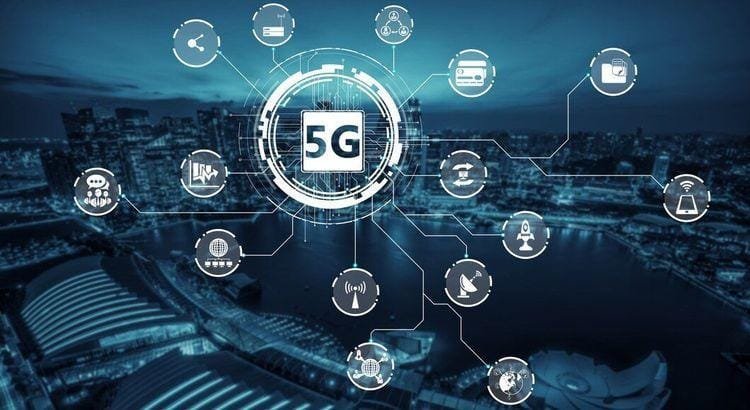Table of Contents
In a world where innovation shapes our daily lives, the journey of personal computing stands as a testament to human ingenuity. From the early days of massive machines occupying entire rooms to sleek devices that fit in the palm of our hands, technology has undergone a remarkable transformation. This evolution reflects not only advancements in hardware but also shifts in how we interact with information.
As we delve into the history of personal computing, we will explore the pioneering breakthroughs that laid the foundation for today’s digital landscape. Understanding this progression unveils a tapestry woven with visionaries, challenges, and triumphs that have shaped our modern experience. From the humble beginnings of punch cards to the sophisticated algorithms driving artificial intelligence, each milestone tells a story of creativity and resilience.
The Transformation of Hardware: From Clunky Machines to Sleek Devices
The journey from bulky, cumbersome hardware to today’s ultra-sleek gadgets reflects remarkable innovation. The early personal computers were often reminiscent of hefty bricks, dominating desks with their size and weight. They came equipped with limited capabilities, often requiring external components and complex setups.
Over time, design principles shifted, prioritizing portability, efficiency, and user experience. This transformation paved the way for devices characterized by streamlined aesthetics and multifunctional capabilities. Customers now expect devices that not only perform but also integrate seamlessly into their lives.
| Era | Key Features | Design Style |
|---|---|---|
| 1970s-1980s | Heavy, bulky, basic functionality | Boxy and utilitarian |
| 1990s | Introduction of laptops, increasing portability | Slimmer with vibrant colors |
| 2000s-Present | Touch interfaces, lightweight materials | Sleek, minimalist designs |

The Rise of Software: Navigating the Shift from DOS to Intuitive Interfaces
The transition from the command-line dominated landscape of DOS to modern graphic user interfaces marked a significant leap in the accessibility of technology. Intuitive interfaces allowed users to engage with their devices without needing to memorize intricate commands, fostering a generation of tech-savvy individuals. This shift played a crucial role in democratizing personal computing, bridging gaps between varying levels of proficiency among users.
As interfaces evolved, visual elements—such as buttons, icons, and drag-and-drop functionalities—became standard features that enhanced user experience. With this newfound simplicity came an explosion of creativity across industries, as software could now cater to a wider audience, empowering even those who weren’t formally trained in computing. The transformation ushered in a new era for software development, placing user experience at the forefront of design.

Connectivity Revolution: How the Internet Reshaped Personal Computing
The Internet transformed personal computing from isolated systems into interconnected versatile tools. With the World Wide Web becoming mainstream in the 1990s, users gained access to vast resources, fostering a thriving online community. Information could be shared instantly across the globe, which enhanced collaboration and revolutionized how we interact with technology.
This connectivity enabled a plethora of innovations, such as cloud computing, social media, and online gaming. Users now enjoy remote access to applications and data, unprecedented opportunities for communication, and a platform for creative expression. The shift from standalone machines to networked experiences heralded a new age of digital exploration.
| Innovation | Description |
|---|---|
| Cloud Computing | Access applications and storage over the Internet. |
| Social Media | Connect and share with communities globally. |
| Online Gaming | Compete and collaborate with players worldwide. |

The Future of Personal Computing: Embracing AI and Next-Gen Technologies
The coming era of personal computing signals a profound transformation. As artificial intelligence becomes intertwined with daily tasks, we witness enhanced efficiency and adaptability. Imagine devices that not only understand our commands but also anticipate our needs, shaping a truly personalized experience. With intelligent assistants evolving, they can manage schedules, optimize workflows, and even facilitate learning in ways previously considered futuristic.
Next-generation technologies, such as quantum computing and augmented reality, are redefining user experiences. As device capabilities expand, we can expect seamless integration between the digital and physical worlds. This evolution heralds a plethora of applications, from immersive education formats to advanced design tools, where the possibilities are endless. The future heralds a computing landscape that is as intuitive as it is powerful.
| Technology | Impact |
|---|---|
| AI | New levels of personalization |
| AR | Enhanced user interaction |
| Quantum Computing | Revolutionized problem-solving |
Key Takeaways
As we conclude our journey through the fascinating evolution of personal computing, it’s clear that we’ve transitioned from bricks to bytes, a shift that has reshaped not just how we work and play, but also how we communicate and connect. The story of personal computing is one of innovation and transformation, embodying several key milestones:
- Early machines laid the groundwork for future advancements.
- User-friendly interfaces democratized technology for the masses.
- Mobile computing revolutionized accessibility and connectivity.
The future of personal computing looks promising, with emerging technologies like artificial intelligence and quantum computing on the horizon. Each leap forward offers not only enhanced capabilities but also new challenges and responsibilities.
Ultimately, this evolution isn’t just about the machines themselves; it’s about the profound impact on society and the role technology plays in our daily lives. As we move forward, it’s crucial to consider how we can harness these advancements responsibly, ensuring that the digital landscape remains a space for creativity, collaboration, and connection. With every byte, we are writing the next chapter of our technological narrative.



